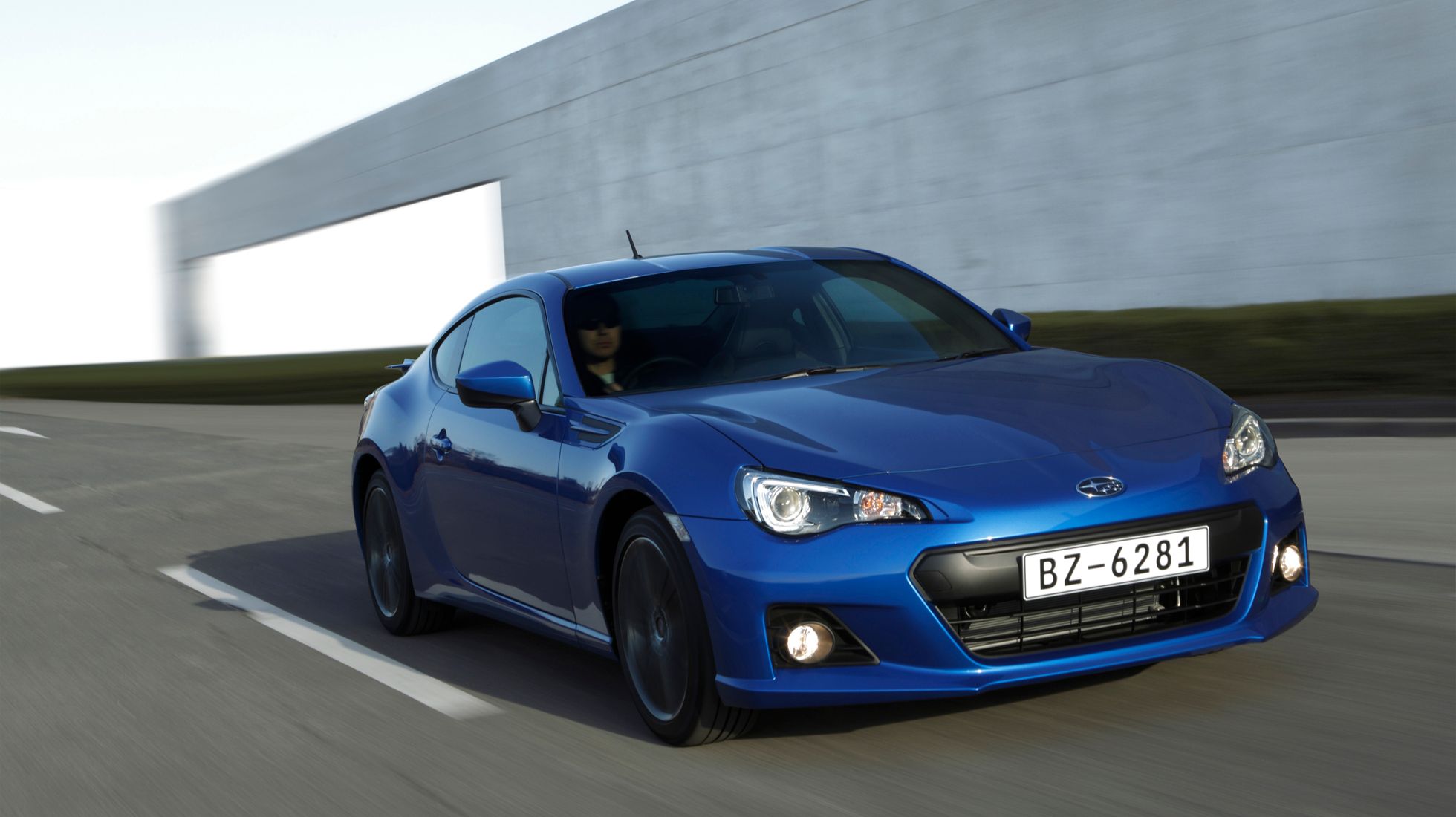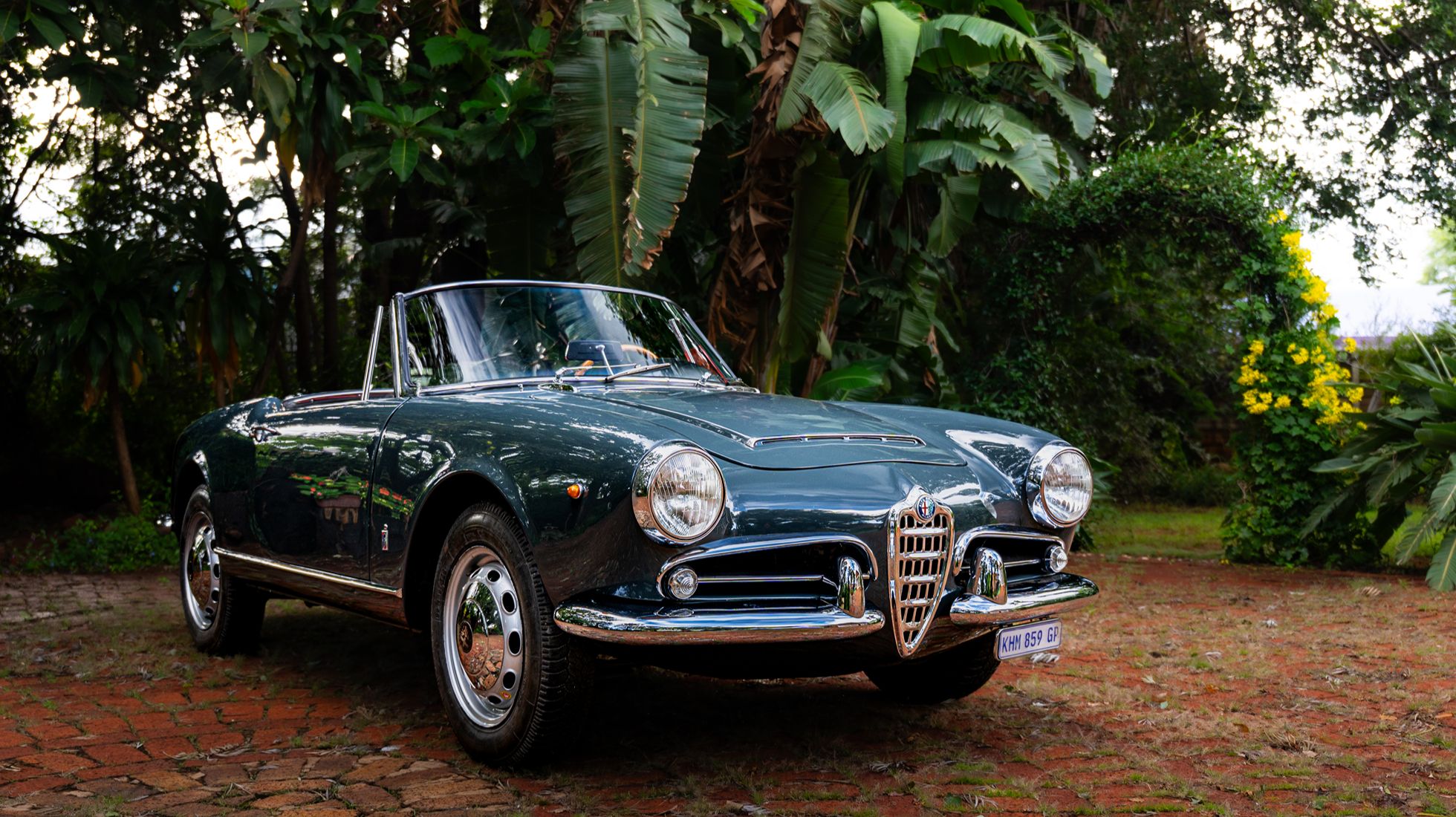Sensibility and Style: Honda HR-V 1.5 Executive vs Volkswagen Taigo 1.0TSI R-Line
We'd wager that everyone is feeling the pinch right about now. Petrol prices are at an all-time high; the ZAR is virtually worthless compared to the US dollar, and to top it off, steak-and-veg dinners have been replaced with noodles-in-a-bowl. Heck, writing this paragraph probably cost the price of a noodle cup in Eskom donations.
So, we can complain or be proactive. We complained at length, but you don't have to read about it. You're welcome. Instead, we set out on a mission to see exactly how much crossover you could buy for about half a bar. First though, to quantify crossoverness, it's essential to understand where on the spectrum a crossover lives, just to save the "I'll-rather-buy-a-big-SUV" keyboard heroes from having to fire up a generator for their laptops to point out the differences. Again, you're welcome.
By definition, a crossover is that mid-way point between a sedan/hatch and a full-blown SUV. Built on a car platform, a crossover inherently represents a trade-off that also happens to be its main appealing aspect: less space than a full-blown SUV, but more so than a garden-variety hatchback. The same goes for its pavement-crawling abilities. On the daily, though, a crossover makes up for its limitations with hatchback-like economy figures and relatively low maintenance costs.
So, which to choose between two of SA's newest crossovers that, while vying for roughly the same target market, represent two very different sides of the same coin…? The practicality-minded Honda HR-V, championed by Deon van der Walt, versus the funky, millennial-magnet Volkswagen Taigo driven by the youngest member of the TopGear SA team, Jordan Schmidt. These are their findings…
Which has the style?
.jpg)
Jordan: In the German corner, we have the newest crossover from VW, the Taigo. Strange name aside, the newest member of VW's T-SUV range falls on the smaller side of the measuring stick, but in terms of pricing, slots between the T-Cross and T-Roc. It's certainly stylish, a prerequisite for any memorable crossover. It has a coupé-like roofline and an LED lighting strip that stretches the width of the grille. While it undeniably exudes a Golf GTI-esque styling character when squinting, especially at the front, the side profile is odd and the rear bulbous.
Deon: Keeping with popular demand, the Honda HR-V, too, has a coupé-inspired side profile. On paper, and even in photographs, that should be perfectly in line with the style that buyers demand from their crossovers. Especially given the stylish 18" alloy wheels that come standard with the Executive model we had on test. Though, from certain angles, it looks a bit offbeat. Isolating individual styling elements like the horizontal rear light bar or its stylish wheels makes for interesting viewing, but as a whole, the HR-V lacks stylistic cohesion.
What it lacks in stylistic substance, it makes up for in size measuring 4,345 mm in length (79 more than the Taigo), 1,790 in width (+33) and 75 mm worth of added height than the Taigo at 1,590 mm. Its wheelbase is also generous at 2,610 mm, 44 mm more than what the Taigo brings to the party.
The verdict: While the HR-V is marginally bigger, we've concluded that the Taigo is easily the better-looking crossover. But, then again, styling is a highly subjective matter. It ultimately boils down to styling vs space.
Interior space - Which is better?
.jpg)
Deon: If there's one thing Honda does well, it's building comfort-focused and spacious interiors and this is true for the HR-V as well. The interior space benefits from its well-sized dimensions with an airy cabin and comfortable seating front and rear. Even the front-to-back seating space is generous thanks to the sizeable wheelbase and the plunging coupe roofline has minimal to no effect on rear headroom.
The space theme is further reinforced by the horizontally-oriented dashboard with air vents that are near-seamlessly positioned into the console. The airflow from the vents can be adjusted according to the front passengers' liking with an air diffusion feature that can be set to direct flow or diffusion. The latter directs air along the side windows for what Honda calls 'a gentle breeze'.
For the most part, the cabin is furnished in high-quality materials that feel well-suited to stand the test of time, with probably the only exception being the piano black trim around the gear selector – a material choice that's known for easily showing micro-scratches.
It's also on the inside where the Honda HR-V is showing serious chinks in its armour: The afterthought (ish) positioning of the CVT's "Sport" mode, for one. Instead of a button or a sideways swipe of the gear selector, Honda thought it'd be a good idea to slot the mighty S underneath the Drive-mode on the selector sequence. Oftentimes, inadvertently switching into this mode would result in some strong sentiments when the car would refuse to change gear since Sport requires manual shifting input from the paddle shifters.
While this may boil down to preference, I'm not convinced that the level of connectivity tech the HR-V rolls out with is worth the price tag. While it has all the mainstay features like Android Auto, Apple CarPlay and a temperamental Bluetooth connection, the 8" infotainment screen's layout is well-dated and the tiny centre info readout screen in the instrument binnacle should have remained in 2010. On the connectivity front, the HR-V simply lags a decade behind what the Taigo offers.
Jordan: It's become the norm with VW's newest cars: the interior is somewhat plain, but is packed to the hilt with tech. The 8" Composition Infotainment system was easy to navigate and features such as Android Auto and Apple CarPlay worked exceptionally well. It must be said, though, that the system's processing during inputs was slow and the reverse camera's resolution wasn't as sharp as I hoped. The 10.25" digital Cockpit Pro instrument cluster is aesthetically pleasing and adds a newer, more exciting touch to the analogue dials of old. The multi-function leather steering wheel feels solid and the familiar positioning of the buttons makes it easy to use. The VW Taigo leads the connectivity and infotainment charge in its segment with features that'll resonate well with its target market.
.jpg)
It's a give and take, though. While the Taigo is feature-rich, it lacks the space of the HR-V. This is especially evident at the back since the rear bench proves a bit cramped for seating average-sized adults.
The verdict: As far as the respective cabin spaces go, there's no clear-cut winner. The HR-V is sensible, more comfortable and considerably more spacious, while the Taigo, with all its features, better represents what a buyer wants in a modern crossover.
The better drive?
.jpg)
Jordan: The Taigo is well-suited to being a smaller family-orientated SUV, something that can get the kids to and from school with bags and sports gear in tow, all in an economical fashion. Sure, it's not the biggest SUV around, but I was rather concerned that Volkswagen opted to use the 1.0-litre 85 kW turbocharged petrol engine as the sole driving force for the Taigo range. I initially thought that there just wouldn't be enough power, but I stand corrected since it proved adequately punchy.
In fact, I had less of an issue with the amount of power the Taigo offered, but rather the amount of turbo lag moving from a standstill. Taking a gap in traffic requires a fair amount of planning, and while this is to be expected from a 1.0-litre turbocharged engine used to propel 1,184 kilograms worth of crossover, it detracts from the overall experience. At least when you get going, the going is good with a comfortable ride and excellent fuel economy hovering in the sixes during mindful driving.
Deon: Looking at the on-paper power figures of the HR-V doesn't exactly tell the entire story. Its 1.5-litre naturally-aspirated engine produces 89 kW as opposed to the Taigo's 85 kW and 145 Nm compared to the easy-going 200 Newtons from the VW. Normally, that's fine for what you want in a crossover. The problem though, is that small-capacity turbocharging wasn't just a passing fad and Honda's refusal to adapt in this regard is the HR-V's biggest let-down.
Couple this to an erratic and indecisive CVT gearbox and the HR-V's forward drive just feels half-baked; a "yeah, that'll have to do" move from Honda – the same company that makes the brilliant Civic Type R.
Cruising is a tedious affair, with the pitch-changing drone emanating from the engine, while accelerating is about as exciting as queuing at Home Affairs. If only there was more available torque, maybe gifted by something like…a turbo? A small-capacity turbocharged engine will also guarantee fewer trips to the corner petrol station since the HR-V registered a best overall consumption of 7.3l/100 km during very conservative cruising.
The HR-V offered a compliant ride, even with the 18" wheels, and can hold its own against the competition with the added safety applications like adaptive cruise control and lane-keep assist. However, the auto-high-beam lighting system needs some definite refining in recognising where it's needed.
The verdict: The VW Taigo is easily the better car to drive from a power and fuel consumption perspective, while the HR-V is better equipped at dealing with tumbledown roads.
VW Taigo vs Honda HR-V
Both crossovers represent two very different sub-sections of the same market. The Taigo offers loads of style and substance for those with a trendy disposition and is a great new addition to an already wide selection of VW T-SUVs. Whether it's a necessary one, well, that's a question for another day. The HR-V holds true to the sensibility of Hondas that have come before. However, Honda's decision to unwaveringly stick to this engine-gearbox combination is a brave one since it's severely letting down a crossover that, on other fronts, brings a lot to the table.
Words: Deon van der Walt & Jordan Schmidt | Images: Donovan Marais










.JPG)



.jpg)









%20(1).jpg)






.jpg)









%20(1).jpg)
.jpg)
.jpg)




.jpg)






.jpg)

.jpg)
.jpg)
.jpg)
.jpg)
.jpg)
.jpg)

.jpg)
.JPG)

.jpg)
.jpg)
.jpg)
.jpg)


.jpg)
.jpg)

.jpg)
.jpg)

.jpg)

.JPG)

.JPG)
.JPG)
.jpg)












%20(1).jpeg)



.jpg)





%20(1).jpg)






.jpg)
.jpg)

.jpg)
.jpg)
.jpg)
.jpg)
.jpg)
.jpg)
.jpg)
.jpg)
.jpg)
.jpg)


.jpg)
.jpg)

.jpg)
.jpg)
.jpg)
.jpg)
.jpg)




